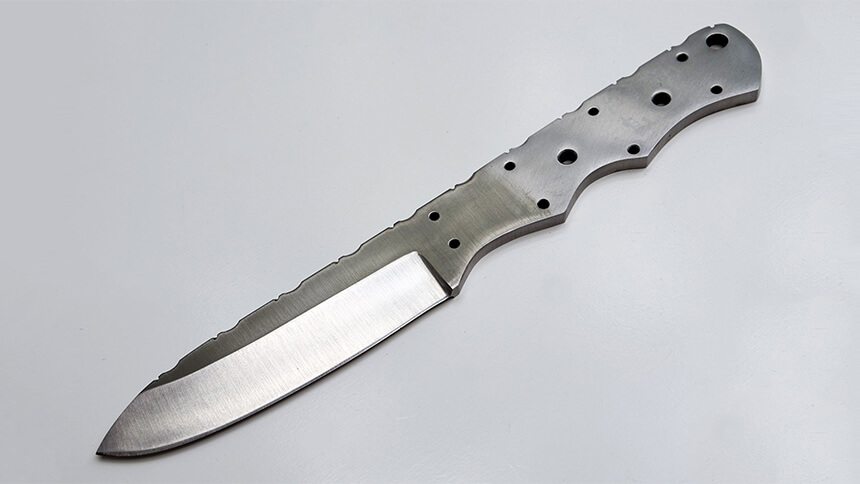The links you shared have no data on cold treatment, also thermal cycling was not required to show that the maximum as quenched hardness is above what you said its not able to go past. So no video is required to explain.
The reason for lower as quenched hardness you are experiencing is due to retained austenite which can be avoided by using a different austenitizing temperature and cold treatment. Thermal cycling will also change what hardness is achieved by even the same austinitizing temperature.
This was Admiral Steel 1095, Austenitized from as received condition.
1475°F 10min Parks 50, No Cryogenic Treatment.
65 HRC (average from 3 tests)
1475°10min Parks 50, Cryogenic Treatment immediately after quenching (Liquid Nitrogen, immersion in liquid -320°F)
68 HRC (average from 3 tests)
Hardness doesn't tell us everything about the mechanical properties of the steel, 65rc due to high retained austenite and untempered martensite is not the same as low retained austenite with tempered martensite at the same hardness (65rc) tempered down from 68rc.
The constituents of the microstructure are what is important.
Thin geometry requires high strength to support it. As Roman Landes says "Geometry Cuts"









